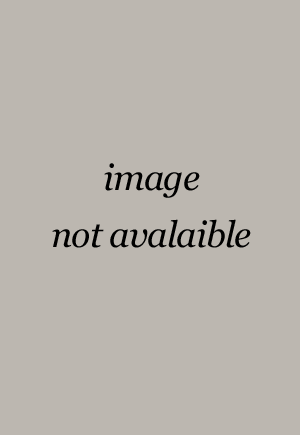(To see other currencies, click on price)
MORE ABOUT THIS BOOK
Main description:
Modern noise research and assessment techniques are commonly used in the workplace and our personal living environment. Occupational Noise and Workplace Acoustics presents new, innovative, advanced research and evaluation methods of parameters characterizing acoustic field and noise in the working environment, as well as acoustic properties of rooms and noise reduction measures. This includes acoustic field visualization methods, field imaging techniques, wireless sensor networks, and the Internet of Things (IoT); optimization methods using genetic algorithms; acoustic quality assessment methods for rooms; and methods for measuring ultrasonic noise in the frequency range of 10-40 kHz.
This book is a valuable resource for individuals and students interested in the areas of acoustic and sound engineering as it provides:
The latest techniques and methods in the field of noise reduction and improvement of acoustic comfort,
Innovative and advanced acoustic field visualization techniques for those with an auditory impairment,
Explains noise reduction through proper workplace design,
Discusses use of wireless sensor networks and the IoT for monitoring noise, and
Provides acoustic quality assessment methods.
"The authors' intention to expound on advanced issues in a lucid and accessible way was rewarded with success. In the book, an expert will find a number of hints helpful in solving actual problems, whereas a layperson will be able to form a view on challenges facing contemporary technology. What should also be emphasized is the book's soundness in documenting these advanced theses and postulates with diligently conducted empirical research.
Despite a wide thematic range, the book is written consistently and under no circumstances can be considered a collection of randomly selected problems. The content corresponds fully to the title. The authors are consistent in acquainting the reader with topical scientific issues concerning assessment of acoustic hazards and the methodology of combating them."
-Professor Zbigniew Dabrowski, BEng, PhD, DSc, Warsaw University of Technology
Contents:
Contents
Preface
Acknowledgment
Editor
Contributors
Series Editor
Chapter 1 Basic Concepts and Quantities Characterizing Sound
Dariusz Pleban
Chapter 2 Sound Field Visualization in Noise Hazard Control
Grzegorz Szczepanski
Chapter 3 The Surround Sound in Aural Perception Tests
Grzegorz Szczepanski
Chapter 4 Wireless Sensor Networks
Leszek Morzynski
Chapter 5 Genetic Optimization Techniques in Reduction of Noise Hazards
Leszek Morzynski
Chapter 6 A Multi-Index Method for Acoustic Quality Assessment of Classrooms
Jan Radosz
Chapter 7 Studies on Acoustic Properties of Open-Plan Office Rooms
Witold Mikulski
Chapter 8 Ultrasonic Noise Measurements in the Work Environment
Jan Radosz
Chapter 9 Studies on Sound Insulation of Enclosures in the 10-40 kHz Frequency Range
Witold Mikulski
Chapter 10 Studies on Sound Insulation Effectiveness of Phononic Crystals
Jan Radosz
Index
PRODUCT DETAILS
Publisher: Taylor & Francis (CRC Press)
Publication date: May, 2023
Pages: 296
Weight: 652g
Availability: Available
Subcategories: Otorhinolaryngology (ENT)

